-
 Bitcoin
Bitcoin $118,209.3536
1.16% -
 Ethereum
Ethereum $3,151.7546
5.98% -
 XRP
XRP $2.9277
2.35% -
 Tether USDt
Tether USDt $1.0000
0.00% -
 BNB
BNB $689.7099
1.26% -
 Solana
Solana $163.4270
1.91% -
 USDC
USDC $1.0000
0.02% -
 Dogecoin
Dogecoin $0.1983
3.74% -
 TRON
TRON $0.3008
0.51% -
 Cardano
Cardano $0.7435
2.86% -
 Hyperliquid
Hyperliquid $47.6547
-0.48% -
 Stellar
Stellar $0.4625
2.79% -
 Sui
Sui $3.9921
2.71% -
 Chainlink
Chainlink $16.0608
4.23% -
 Hedera
Hedera $0.2348
1.56% -
 Bitcoin Cash
Bitcoin Cash $496.6985
1.25% -
 Avalanche
Avalanche $21.9038
5.41% -
 UNUS SED LEO
UNUS SED LEO $8.8356
-1.88% -
 Shiba Inu
Shiba Inu $0.0...01364
5.31% -
 Toncoin
Toncoin $3.1102
4.35% -
 Litecoin
Litecoin $95.9756
3.59% -
 Polkadot
Polkadot $4.0925
5.78% -
 Monero
Monero $333.7622
-1.44% -
 Uniswap
Uniswap $9.1968
2.25% -
 Bitget Token
Bitget Token $4.6378
6.23% -
 Pepe
Pepe $0.0...01282
6.77% -
 Dai
Dai $1.0002
0.03% -
 Ethena USDe
Ethena USDe $1.0005
0.00% -
 Aave
Aave $329.9143
4.49% -
 Bittensor
Bittensor $441.4995
6.89%
What role does the encryption algorithm in blockchain play?
Blockchain's security relies on cryptography, using hashing for data integrity, public-key cryptography for secure transactions, and digital signatures for verification, all secured by consensus mechanisms. Algorithm choice is crucial for both security and efficiency.
Mar 18, 2025 at 08:24 am
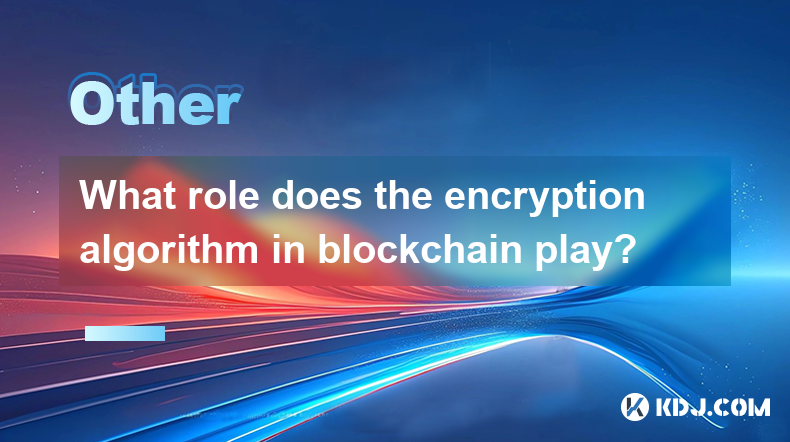
Key Points:
- Cryptographic hashing ensures data integrity and immutability in blockchain.
- Public-key cryptography enables secure transactions and identity management.
- Digital signatures verify the authenticity and non-repudiation of transactions.
- Consensus mechanisms rely on cryptography to secure the network and prevent attacks.
- The choice of cryptographic algorithm significantly impacts the security and efficiency of a blockchain.
What role does the encryption algorithm in blockchain play?
The encryption algorithm forms the bedrock of blockchain technology, providing the security and trust necessary for its operation. Without robust cryptography, blockchain would be vulnerable to manipulation and attacks, rendering it useless. Its role is multifaceted, impacting various aspects of blockchain functionality.
Data Integrity and Immutability through Cryptographic Hashing:
At the heart of blockchain lies cryptographic hashing. Each block of transactions is assigned a unique hash value – a fixed-size string of characters – generated by a one-way cryptographic function. Even a minor change to the block's data drastically alters its hash. This ensures data integrity; any tampering would be instantly detectable. The chaining of blocks via hashes guarantees immutability – past blocks cannot be altered without affecting subsequent blocks and invalidating the entire chain.
Secure Transactions and Identity Management with Public-Key Cryptography:
Public-key cryptography, also known as asymmetric cryptography, is crucial for secure transactions. Each user possesses a pair of keys: a public key (shared openly) and a private key (kept secret). Transactions are encrypted using the recipient's public key, ensuring only the holder of the corresponding private key can decrypt and access the information. This system allows for secure transfer of cryptocurrency without revealing private information.
Verifying Transactions with Digital Signatures:
Digital signatures, built upon public-key cryptography, provide authentication and non-repudiation. When a user sends a transaction, they sign it using their private key. This signature can be verified by anyone using the sender's public key, confirming the transaction's authenticity and preventing denial of authorship. This is crucial for trust and accountability within the blockchain network.
Securing the Network and Preventing Attacks through Consensus Mechanisms:
Blockchain networks utilize consensus mechanisms (e.g., Proof-of-Work, Proof-of-Stake) to validate transactions and add new blocks to the chain. These mechanisms heavily rely on cryptography to prevent malicious actors from manipulating the network. For instance, Proof-of-Work uses cryptographic hashing to create a computationally expensive challenge, making it difficult for attackers to control the network.
The Impact of Algorithm Choice on Blockchain Security and Efficiency:
The choice of cryptographic algorithm is critical. Algorithms must be secure against known attacks, computationally efficient, and scalable to handle the increasing transaction volume of the blockchain. The security of the entire blockchain depends on the strength of the chosen algorithms. A weak algorithm could compromise the entire system, making it susceptible to hacking and manipulation. Choosing algorithms involves balancing security, efficiency, and the computational resources required for verification.
Common Questions and Answers:
Q: What are the most common encryption algorithms used in blockchain?
A: SHA-256 (Secure Hash Algorithm 256-bit) is widely used for hashing. Elliptic Curve Cryptography (ECC) is often employed for digital signatures and public-key cryptography due to its efficiency. Specific implementations vary between different blockchains.
Q: How does encryption ensure the anonymity of users on a blockchain?
A: While blockchain transactions are public, user identities are typically pseudonymous. Public keys are used instead of directly revealing personal information. However, advanced techniques like transaction analysis can sometimes link public keys to real-world identities, compromising anonymity to some degree.
Q: Can blockchain encryption be broken?
A: Theoretically, any encryption can be broken with enough computational power. However, the algorithms used in blockchain are designed to be computationally infeasible to crack with currently available technology. The security relies on the computational difficulty of reversing the cryptographic functions. Advances in quantum computing pose a potential future threat, prompting research into quantum-resistant cryptography.
Q: What happens if a vulnerability is discovered in a blockchain's encryption algorithm?
A: Discovering a vulnerability in a blockchain's cryptographic algorithm would be a critical security flaw. It could allow attackers to manipulate the blockchain, double-spend cryptocurrency, or compromise the integrity of the entire system. A rapid response involving patching the vulnerability, possibly through a hard fork, would be necessary to mitigate the damage.
Q: How does the encryption algorithm contribute to the decentralization of blockchain?
A: The cryptographic mechanisms underpinning blockchain ensure that no single entity controls the network. Decentralization is achieved because the cryptographic algorithms make it computationally infeasible for any single actor to dominate the network, validating transactions and adding blocks to the chain requires participation from multiple nodes, thus fostering a decentralized and distributed ledger.
Q: What are the future trends in cryptography for blockchain?
A: Research is focusing on post-quantum cryptography, which is resistant to attacks from quantum computers. Zero-knowledge proofs are gaining traction, allowing verification of information without revealing the data itself. Homomorphic encryption, enabling computation on encrypted data without decryption, is also an active area of development, offering enhanced privacy.
Disclaimer:info@kdj.com
The information provided is not trading advice. kdj.com does not assume any responsibility for any investments made based on the information provided in this article. Cryptocurrencies are highly volatile and it is highly recommended that you invest with caution after thorough research!
If you believe that the content used on this website infringes your copyright, please contact us immediately (info@kdj.com) and we will delete it promptly.
- Animal Memecoins Roar Back: HEGE, BONK, and the Solana Pack Lead the Charge
- 2025-07-16 20:50:13
- Pumpfun's PUMP Token: SOL Transfers, Buybacks, and the Wild West of Meme Coins
- 2025-07-16 20:30:13
- Trump, HTX, and USDT: Riding the Crypto Wave in 2025
- 2025-07-16 20:50:13
- SPX6900, Meme Coins, and the Quest for 1000x Gains: A New Yorker's Take
- 2025-07-16 20:30:13
- Eclipse Airdrop and Token Supply: Navigating the Crypto Landscape
- 2025-07-16 18:50:13
- Solana Price, Zebec Network, and Remittix: Decoding the Crypto Signals
- 2025-07-16 18:30:13
Related knowledge
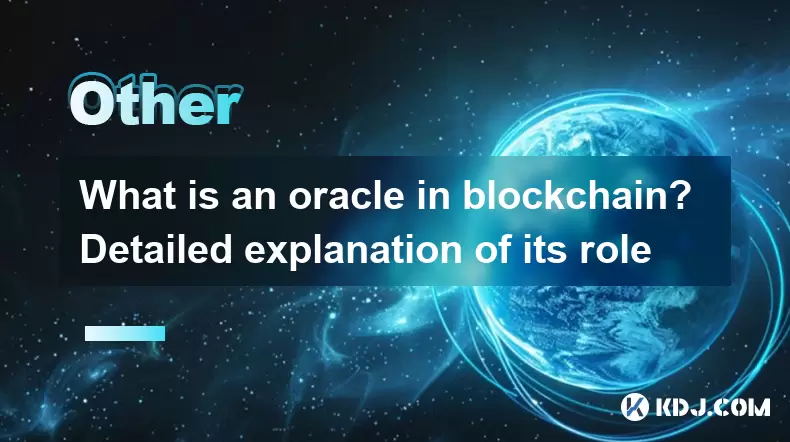
What is an oracle in blockchain? Detailed explanation of its role
Jun 21,2025 at 06:14am
Understanding the Concept of an Oracle in BlockchainIn the realm of blockchain technology, an oracle is a trusted third-party service that connects sm...
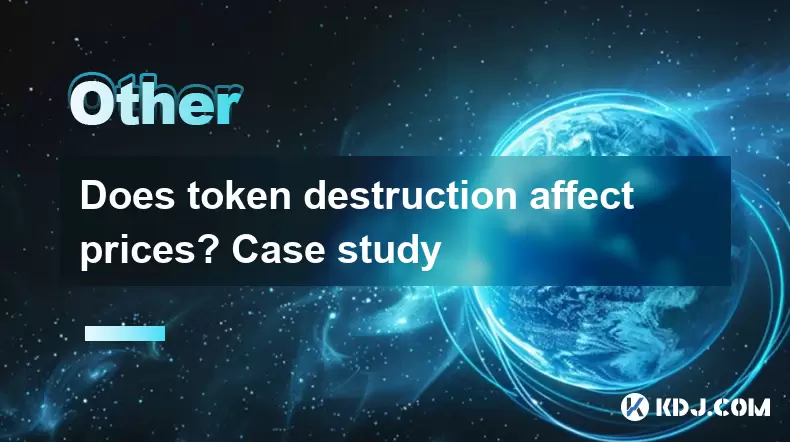
Does token destruction affect prices? Case study
Jun 22,2025 at 02:50am
Understanding Token DestructionToken destruction, commonly referred to as token burning, is a process where a portion of cryptocurrency tokens is perm...
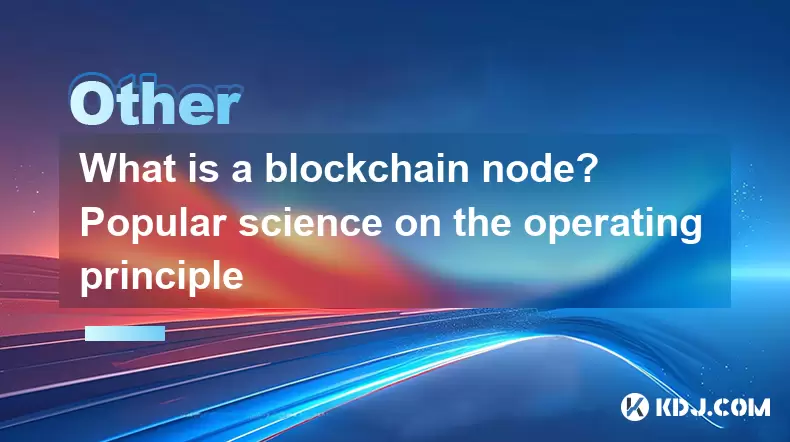
What is a blockchain node? Popular science on the operating principle
Jun 22,2025 at 11:00pm
Understanding the Basics of a Blockchain NodeA blockchain node is essentially a computer connected to a blockchain network that participates in valida...
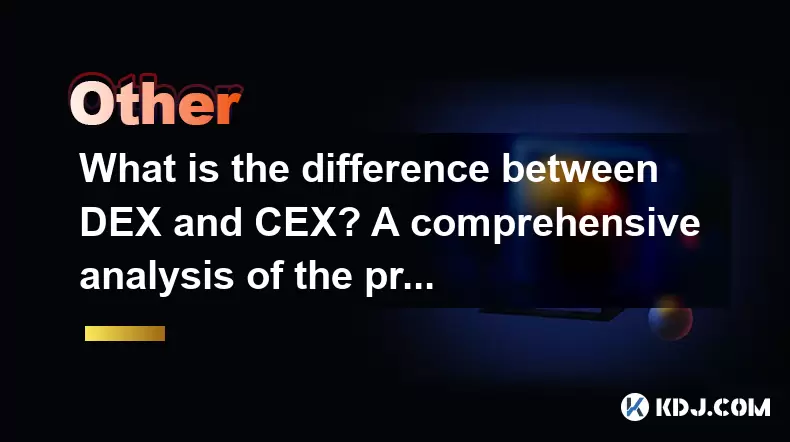
What is the difference between DEX and CEX? A comprehensive analysis of the pros and cons
Jun 24,2025 at 09:42am
What is a DEX (Decentralized Exchange)?A DEX, or Decentralized Exchange, operates without a central authority. Unlike traditional platforms, DEXs allo...
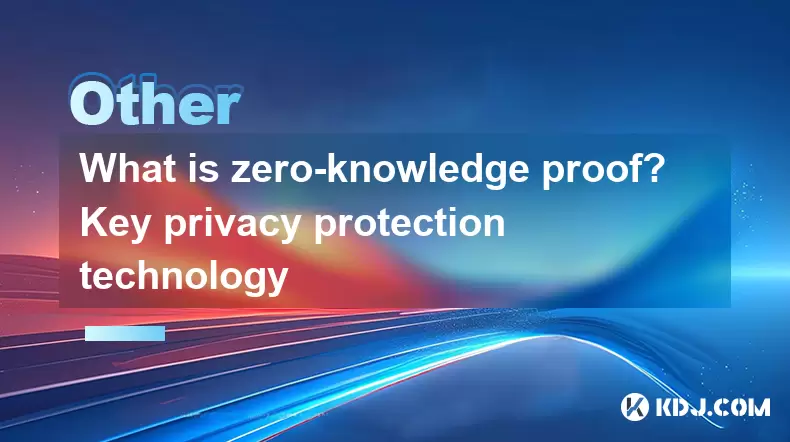
What is zero-knowledge proof? Key privacy protection technology
Jun 22,2025 at 07:29pm
Understanding Zero-Knowledge ProofZero-knowledge proof (ZKP) is a cryptographic method that allows one party to prove to another party that they know ...

What can a blockchain browser check? A practical function guide
Jun 20,2025 at 07:35pm
Understanding the Role of a Blockchain BrowserA blockchain browser serves as a powerful tool for anyone interacting with blockchain networks. It allow...

What is an oracle in blockchain? Detailed explanation of its role
Jun 21,2025 at 06:14am
Understanding the Concept of an Oracle in BlockchainIn the realm of blockchain technology, an oracle is a trusted third-party service that connects sm...

Does token destruction affect prices? Case study
Jun 22,2025 at 02:50am
Understanding Token DestructionToken destruction, commonly referred to as token burning, is a process where a portion of cryptocurrency tokens is perm...

What is a blockchain node? Popular science on the operating principle
Jun 22,2025 at 11:00pm
Understanding the Basics of a Blockchain NodeA blockchain node is essentially a computer connected to a blockchain network that participates in valida...

What is the difference between DEX and CEX? A comprehensive analysis of the pros and cons
Jun 24,2025 at 09:42am
What is a DEX (Decentralized Exchange)?A DEX, or Decentralized Exchange, operates without a central authority. Unlike traditional platforms, DEXs allo...

What is zero-knowledge proof? Key privacy protection technology
Jun 22,2025 at 07:29pm
Understanding Zero-Knowledge ProofZero-knowledge proof (ZKP) is a cryptographic method that allows one party to prove to another party that they know ...

What can a blockchain browser check? A practical function guide
Jun 20,2025 at 07:35pm
Understanding the Role of a Blockchain BrowserA blockchain browser serves as a powerful tool for anyone interacting with blockchain networks. It allow...
See all articles

























































































